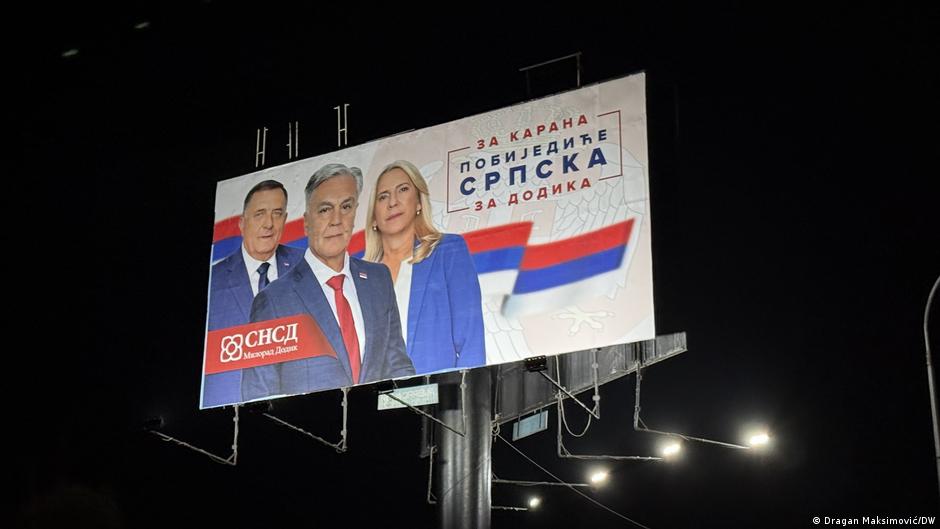
"Thirty years after the signing of the Dayton Peace Agreement that ended the Bosnian War, Bosnia and Herzegovina faces its most profound political crisis since the end of hostilities. Institutional stagnation, heightened nationalist politics and renewed pressure for greater territorial decentralization point to a system that is approaching its structural limits. The Dayton Agreement was reached in Ohio on November 21, 1995."
"During a visit to Banja Luka in Republika Srpska 20 years ago, the chief architect of the Dayton Agreement, US diplomat Richard Holbrooke, warned that political actors in Bosnia and Herzegovina continued to advocate for a third, Croat entity within Bosnia, the secession of Republika Srpska or the dismantling of the current configuration. He cautioned that such aspirations could jeopardize the stability Dayton had created. His condition for progress consensus between all sides remains unmet to this day."
Thirty years after the Dayton Peace Agreement, Bosnia and Herzegovina faces a profound political crisis marked by institutional stagnation, rising nationalist politics, and renewed pressures for territorial decentralization. The post-war territorial arrangement divided the country into two entities: the Serb-majority Republika Srpska and the Bosniak-Croat Federation, with the Brcko District serving as a neutral buffer to prevent territorial consolidation and possible secession. Richard Holbrooke warned that advocacy for a third Croat entity, the secession of Republika Srpska, or dismantling the system could jeopardize stability. Consensus among all sides remains absent. Debates over Republika Srpska secession and a Croat third entity have resurfaced. Voters in Republika Srpska will go to the polls to elect a new president.
Read at www.dw.com
Unable to calculate read time
Collection
[
|
...
]